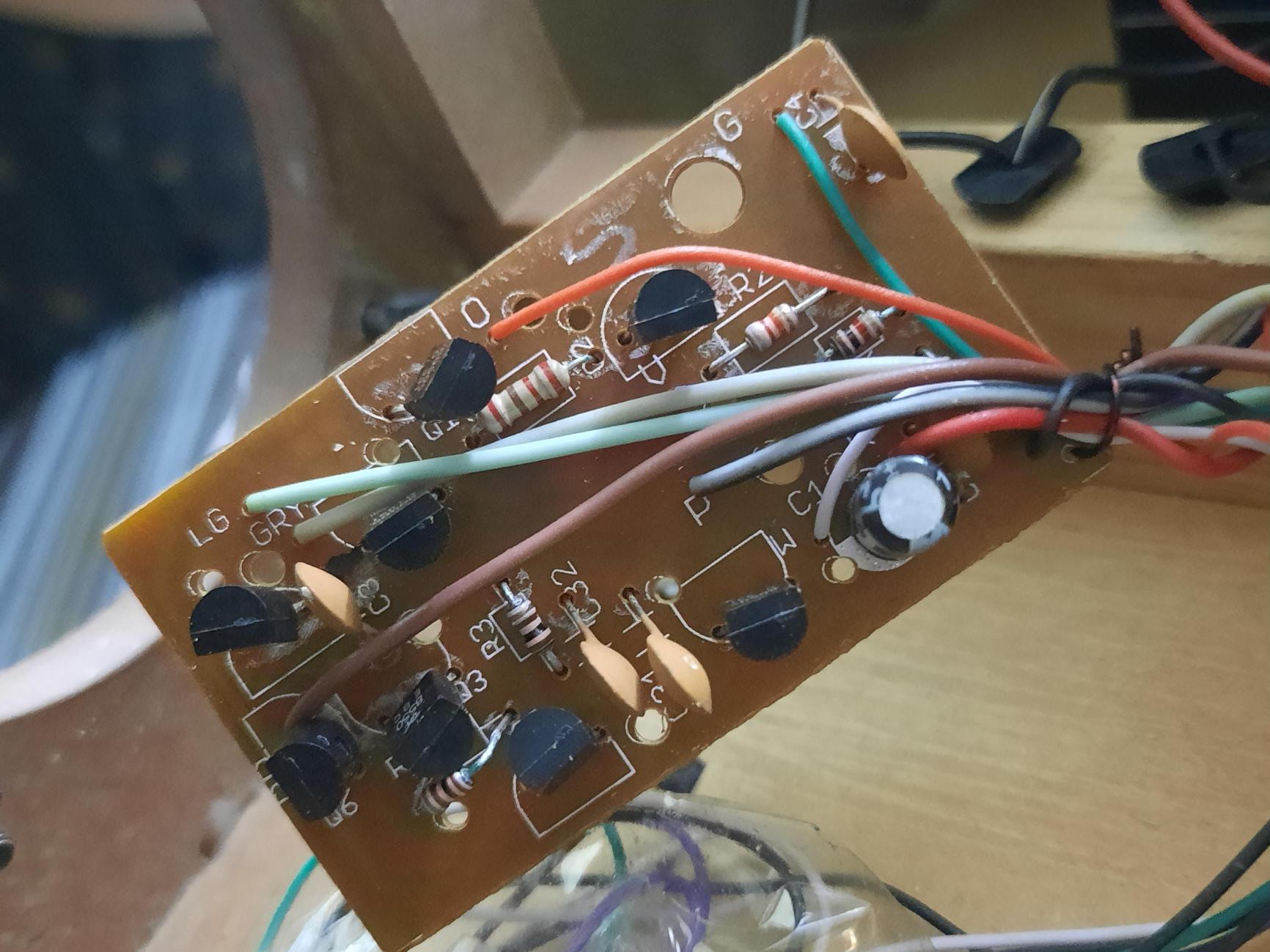I have a cuckoo clock melody circuit that is connected to the 8 Ω 0.5 W speaker and I want to replace it with the 8 Ω 1 W speaker. When I connected it the output was not that much great as the 0.5 W speaker. What will change do I need to do?
Actually, I want a more brisk and strong sound from my cuckoo melody clock so replacing it with a bigger size and configuration speakers but it looks like the circuit output drive value is lacking to satisfy the required drive value for an 8 Ω 1 W speaker, i.e. (Drive Value) 5.657 VPP to 8 VPP.
Kindly suggest a modification for achieving the same.
Here the ORANGE wire is negative and red one is positive output to the speaker








